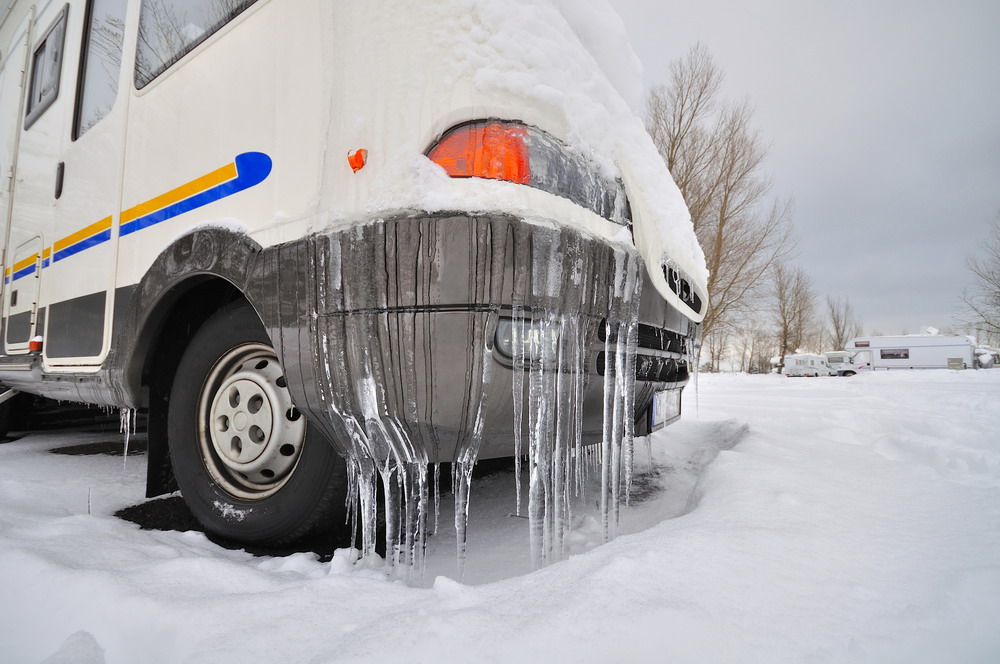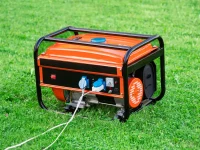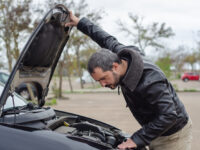Why RV Insurance Doesn’t Usually Cover Burst Pipes

It is the RVer’s worst nightmare: checking on their rig in the middle of winter only to discover frozen and burst pipes. Whether you store your RV or take it out for regular winter camping trips, frozen pipes are always a concern. Insurance companies typically don’t cover the damage when they burst.
On rare occasions you might find a policy to which an extra rider covering burst pipes can be added. But such riders are extremely rare. There is a good reason for this. Suffice it to say that RV and trailer owners need to do everything they can to prevent burst pipes.
Too Much Risk
Insurance companies only make money when they properly manage risk. Every time insurance companies write a policy they are taking the risk of paying out more in claims than they earn on premiums. One of the ways they manage the risk is to be incredibly careful about what they cover.
In the case of RV and trailer plumbing, there are inherent risks even in warm weather. Unlike a house, RV plumbing is not protected against temperature swings. It certainly isn’t insulated against extremely cold weather. That’s why so many experts recommend investing in supplemental insulation and RV skirting.
The fragile nature of trailer and RV plumbing is such that freezing and bursting is a significant risk. Insurance companies know that pipes freeze and burst too easily, making it likely they would suffer significant losses if they covered such damage. So they just don’t.
How to Prevent Burst Pipes
Trailer and RV owners should already be self-motivated to prevent burst pipes. The fact that insurance companies do not cover burst pipes is further motivation to be proactive. The good news is that there are some pretty simple things RVers can do to protect their equipment. All of the suggestions below are affordable and effective:
Insulate Pipes and Tanks
Most RV stores sell insulation kits for both pipes and tanks. Materials are easy to install and pretty good at keeping cold air at bay. Having said that, insulating pipes and tanks may not be an easy task if your RV or trailer has a sub-floor through which plumbing is run. In such cases, it is often worth paying a professional to do the work.
Install Tank Heaters
Another option is to install heaters in the fresh and gray water tanks. If you can prevent the tanks from freezing, you stand a greater chance of preventing the pipes from freezing. You can buy heaters that can be retrofitted to most tanks. You can also replace existing tanks with new ones featuring built-in heaters.
Utilize RV Skirting
Deploying RV skirting around your rig goes a long way toward preventing burst pipes. A good skirting solution does two things: it blocks cold air from traveling under your RV and keeps any warm air under the rig from escaping. Connecticut-based AirSkirts offers a revolutionary inflatable RV skirting system that works with any RV or trailer.
Manage Interior Temperatures
One last option is to manage interior temperatures so that the unit never gets too cold. RVs in storage can be sufficiently warmed by cycling an electric heater for a couple of hours in the morning and then again in the evening. Out in the field, maintaining a constant temperature with on-board heating or an auxiliary unit does the trick.
If you have never experienced frozen and burst pipes, you are not missing anything. Just know this: RV insurance doesn’t cover burst pipes. It is up to the RV owner to prevent burst pipes or be prepared to pay for repairs out of pocket.







